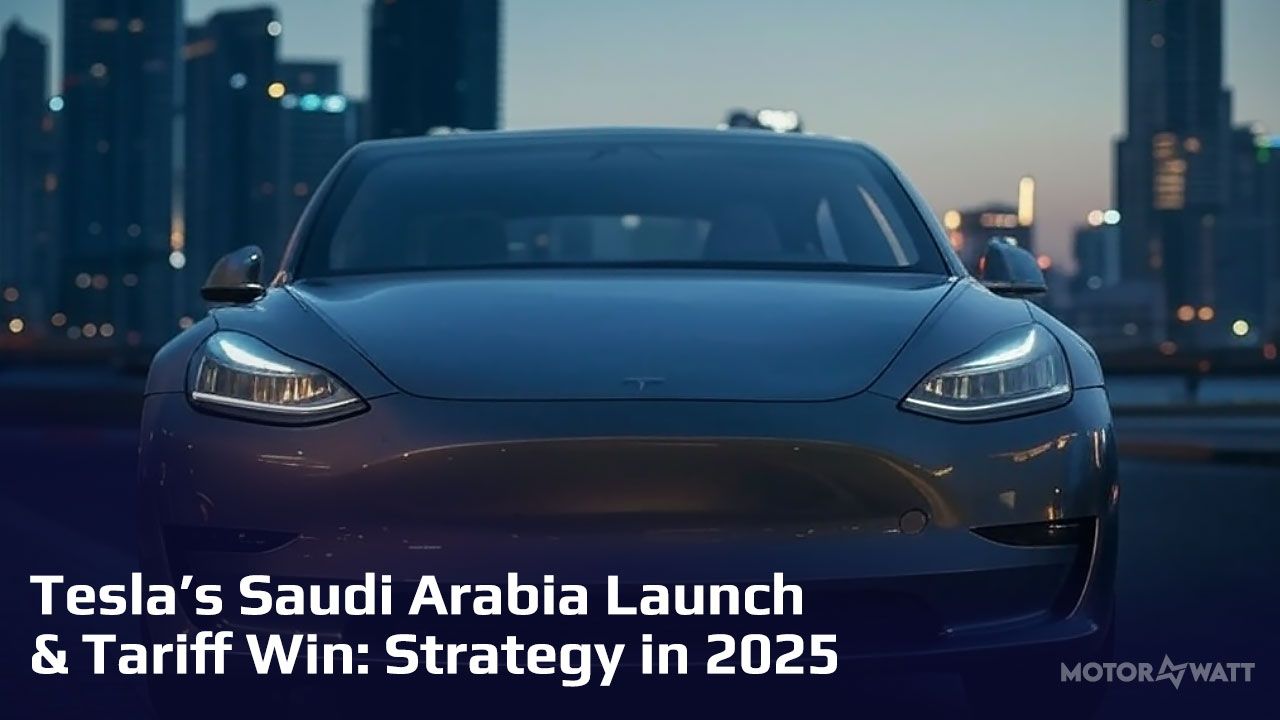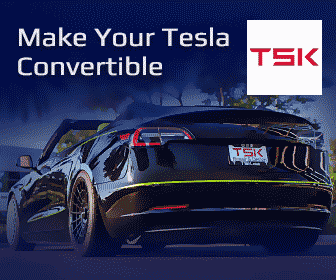Tesla’s Saudi Arabia Launch & Tariff Win: Strategy in 2025
Share this article in Social Media:

Tesla’s 2025 strategy hinges on two fronts: leveraging U.S. import tariffs that penalize foreign automakers and launching EV sales in Saudi Arabia. With domestic manufacturing and a pivot to the Gulf market, Tesla aims to offset global sales dips and outmaneuver BYD’s rise.
Tesla’s Saudi Arabia Launch: A Strategic Countermove in 2025
Tesla’s decision to enter the Saudi market in April 2025 isn't just about selling more cars—it's a calculated play. As EV sales in Europe tank and backlash simmers in the U.S., a pivot to a high-income, energy-transitioning country like Saudi Arabia lines up with Tesla’s need to reenergize global demand. The launch event in Riyadh on April 10 isn’t just a PR stunt; it’s a major test of Musk’s ability to reconcile past tensions with the kingdom’s Public Investment Fund and align with Vision 2030. With no local manufacturing in Saudi, Tesla may need to pull vehicles from Shanghai, throwing in a logistics challenge. But with the Model S and X primed for the market, and social media users already buzzing, this could be the reset Tesla needs.
How Tesla Gains Ground from 25% U.S. Vehicle Tariffs
Here’s where things get sticky—in a good way for Tesla. Thanks to Trump’s 25% tariff on imported cars starting April 3, 2025, automakers like Toyota, GM, and Hyundai are sweating. They import a bulk of their U.S.-sold vehicles. Tesla? Not so much. Every Model Y, 3, S, and X sold stateside comes off the lines in California or Texas. That shields Tesla from the $4,000 to $15,000 price hikes analysts are forecasting for competitors. It’s a rare tailwind for a company that’s had a rough start to the year, with U.S. sales projected to drop 14.5% in Q1, according to Cox Automotive. Still, fewer import headaches means more pricing power and margin room on home turf.
Elon Musk, DOGE, and the Tariff Controversy
The optics? Complicated. Elon Musk now heads up the Department of Government Efficiency—yes, DOGE—and finds himself right in the middle of tariff debates. Trump swears the policy had nothing to do with Musk, but investors are jittery. Tesla shares have fallen over 40% since December highs. While Musk calls the added costs from importing parts from China, Japan, Mexico, and Korea “not trivial,” Tesla still sources 60%-70% of components domestically. Compare that to Volkswagen or Hyundai, who rely heavily on imports, and Tesla’s U.S. factory advantage gets sharper. Critics see political favoritism, but for now, it’s boosting Tesla’s competitive stance.

BYD vs. Tesla: The Real Electric Tug-of-War
Look east, and you’ll see a freight train named BYD roaring past. Tesla’s global deliveries dropped in 2024, while BYD hit 657,000 sales in China alone. Its new battery—good for 250 miles (402 km) of range on just five minutes of charge—is luring EV buyers like bees to honey. BYD’s plan? Hit 800,000 overseas sales in 2025, storming into Southeast Asia and Europe with aggressive pricing. Meanwhile, Tesla leans on discounts and dealer promos just to stay level. The 25% U.S. tariff might block BYD from flooding the American market, but everywhere else? BYD is sprinting, and Tesla’s stuck playing zone defense.
Tariffs, Retaliation, and Tesla’s Global Gamble
It’s not all roses. Canada, Mexico, and the EU are prepping retaliatory tariffs. That could hurt Tesla’s exports—especially to Saudi Arabia if vehicles are pulled from China. Even with Shanghai Gigafactory humming, extra costs could crimp margins. In Europe, incentives are vanishing, and sales nosedived in February 2025: down 76% in Germany and more than 50% in France, Norway, and Portugal. Toss in dealership protests labeled “domestic terrorism” in the U.S., and the road ahead gets bumpier. Still, tapping into the Gulf’s premium EV appetite might help balance the scale. With Model S and X leading the charge, Saudi consumers may offer Tesla the spark it's missing back home.











